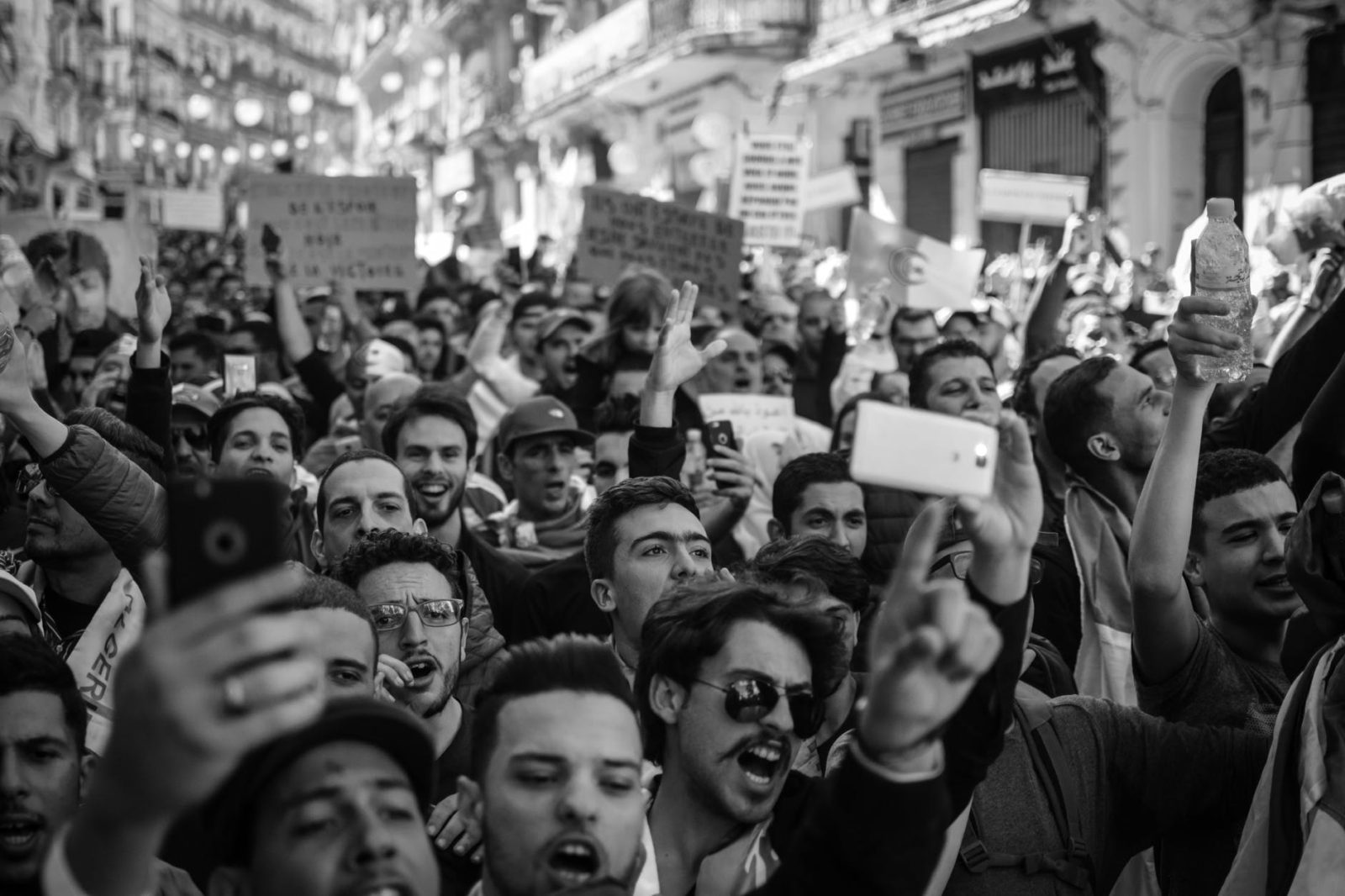Photo by Mohamed ELamine Msiouri/Pexels
On 3 July 2013, the Egyptian military ended the Muslim Brotherhood’s rule after one year in power. Supporters of the Muslims Brothers rejected this political move and insisted they would remain on the streets until the Muslim Brotherhood-affiliated president Mohammed Morsi was back in power. On 14 August 2013, the Egyptian security forces ended Muslim Brotherhood sit-ins in Cairo and Giza. After hours of clashes between the security forces and supporters of the Muslim Brotherhood, the latter left the square through safe corridors created by the security forces. Angry, humiliated and defeated, some of these youths would leave the square to establish/join violent groups, while others would not.
Why did some Egyptian youths decide to take up arms while others decided not to? What factors shaped these decisions? These questions are addressed in this recently published working paper by PREVEX researcher Georges Fahmi and Nouran Ahmed. Analysing the paths of Islamist youths who took part in the Islamist popular mobilisation from 2013 to 2015, the authors argue that three elements are essential for the transition from radicalisation to violence: an ideational frame that justifies the use of violence; a cost/benefit calculation that the benefits from using violence outweigh the cost; and legitimate voices that support this path. The presence or a lack of these three elements can either facilitate or block paths to violence.
The working paper can be read here.





